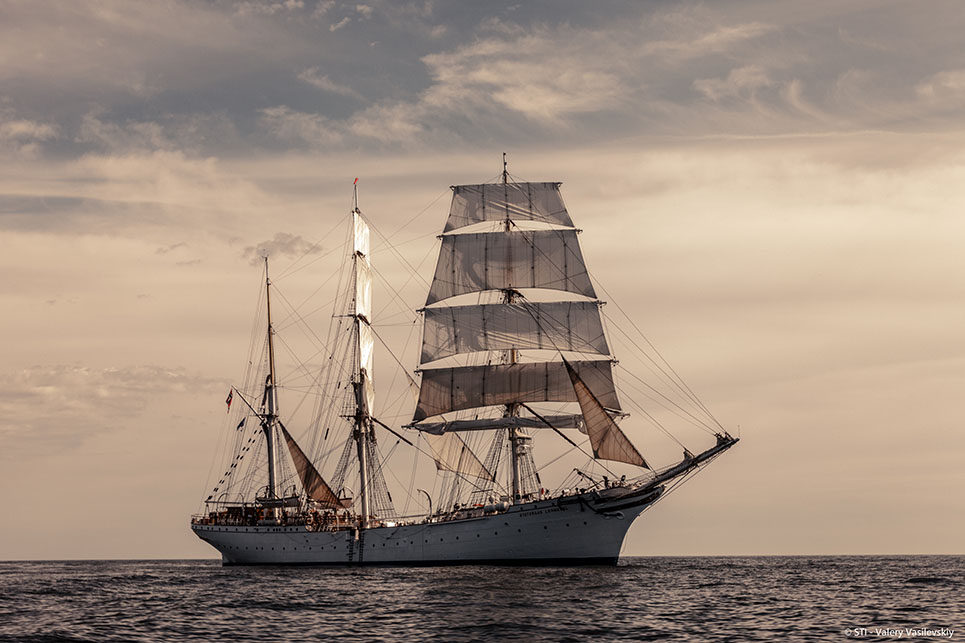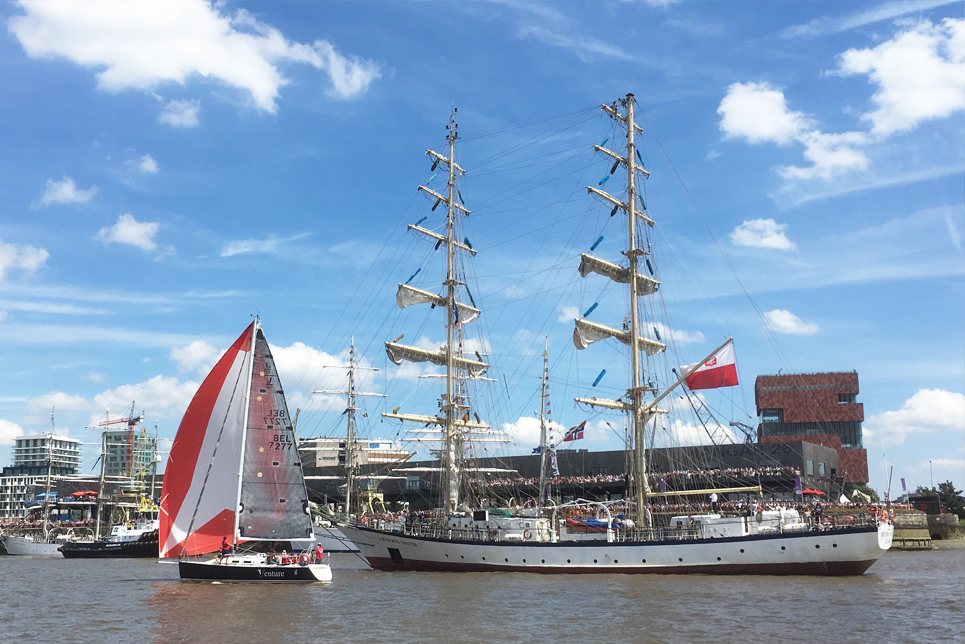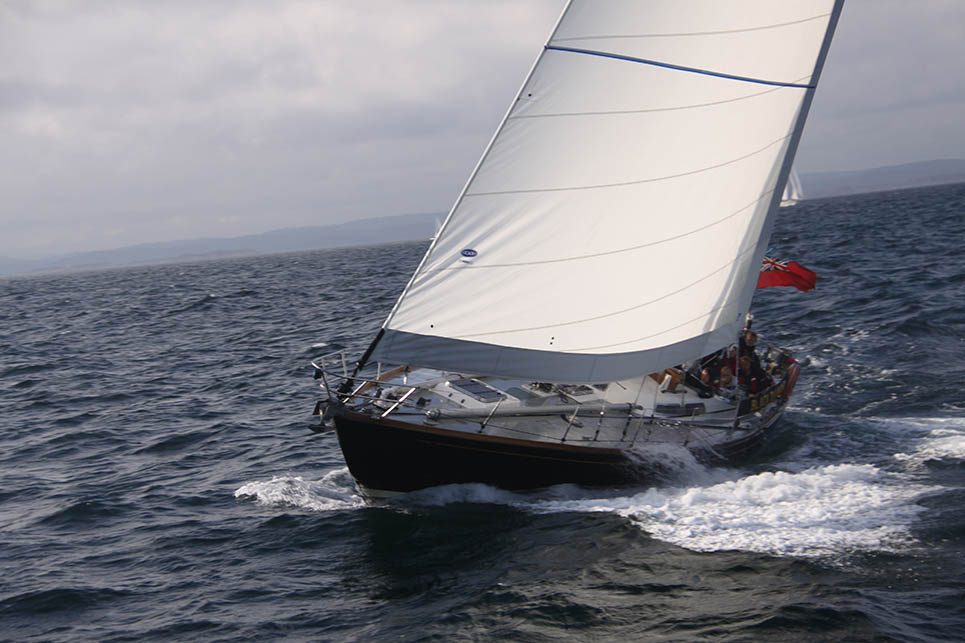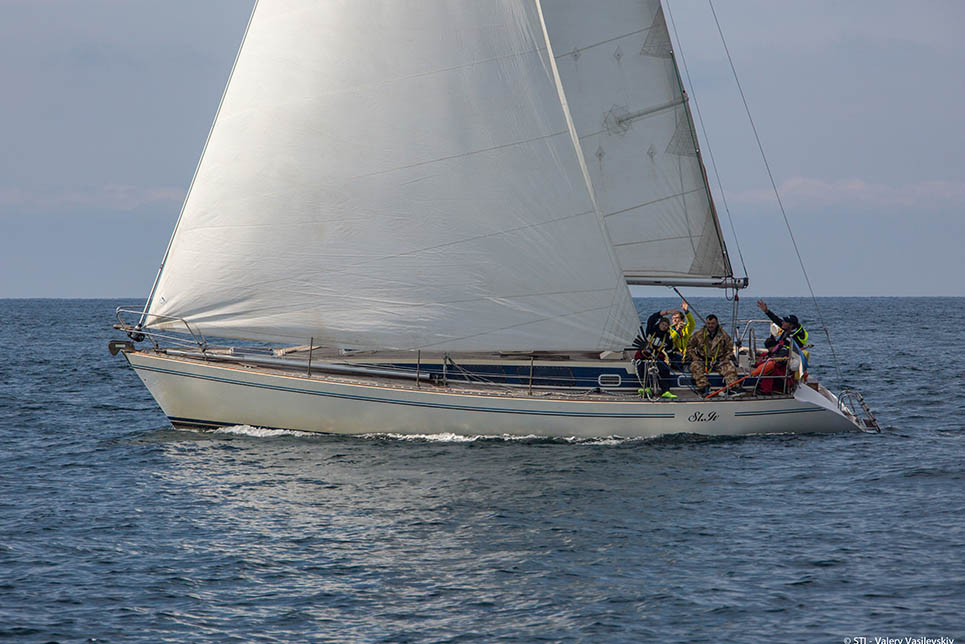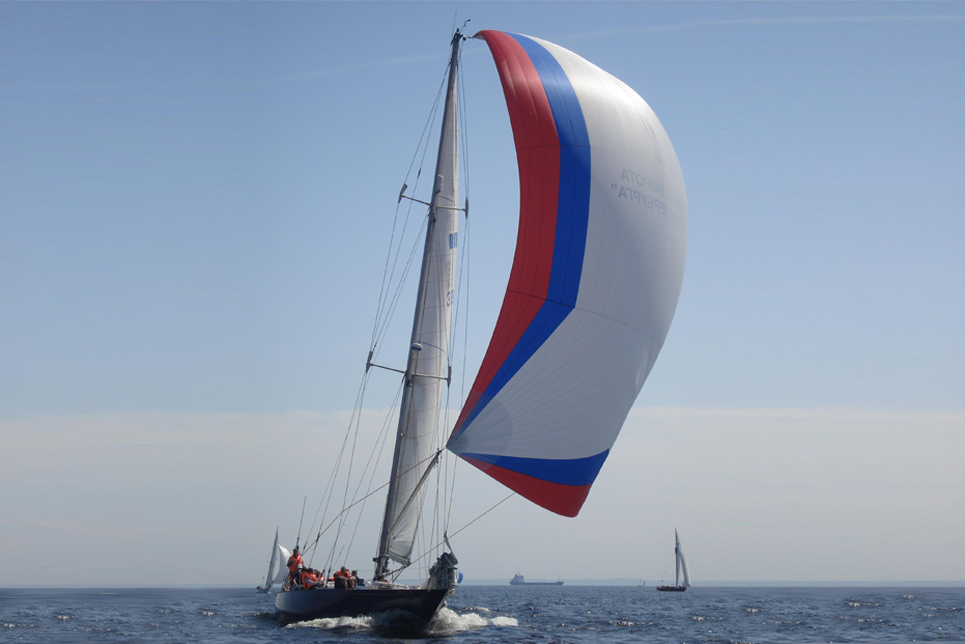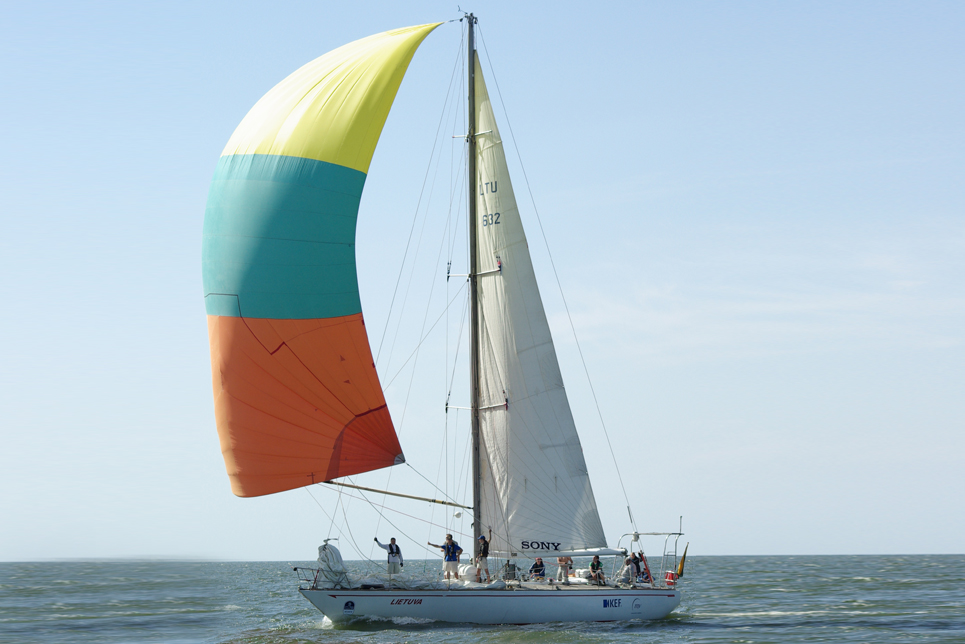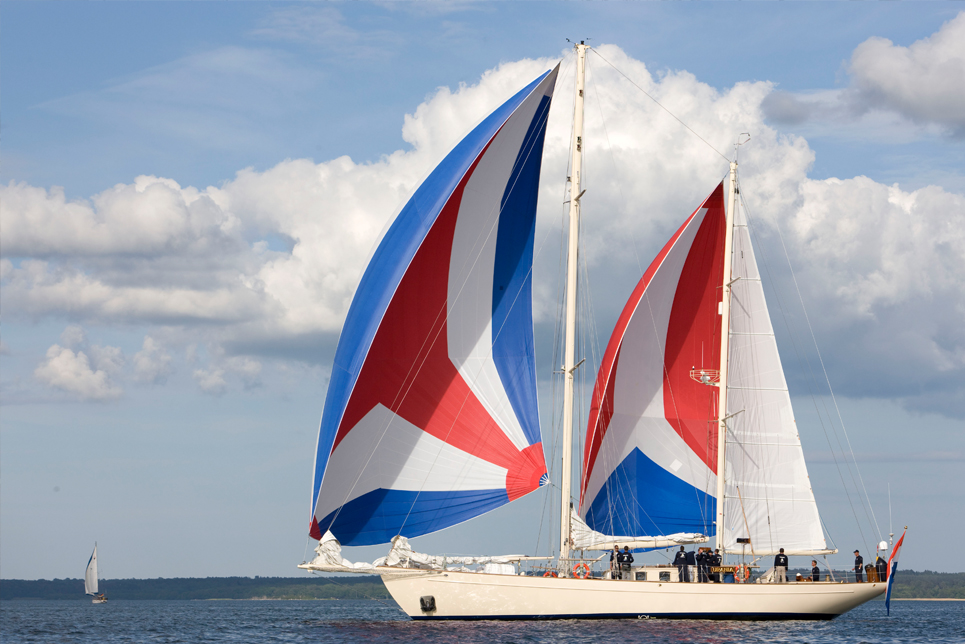How to Choose the Right Vessel
There are differences and benefits to sailing on each class of Tall and Small Ships. But how do you choose the one that’s right for you?
Below, we explore the different types of vessels. We also look at what you can expect on board each one.
CLASS A
All square-rigged vessels – with sails at right angles to their length – as well as other vessels longer than 40 m.
- Check out the Class A fleet.
CLASS B
Traditionally rigged vessels with a length of less than 40 m, and with a waterline length – the length of the point at which the vessel sits in the water – of at least 9.14 m.
-
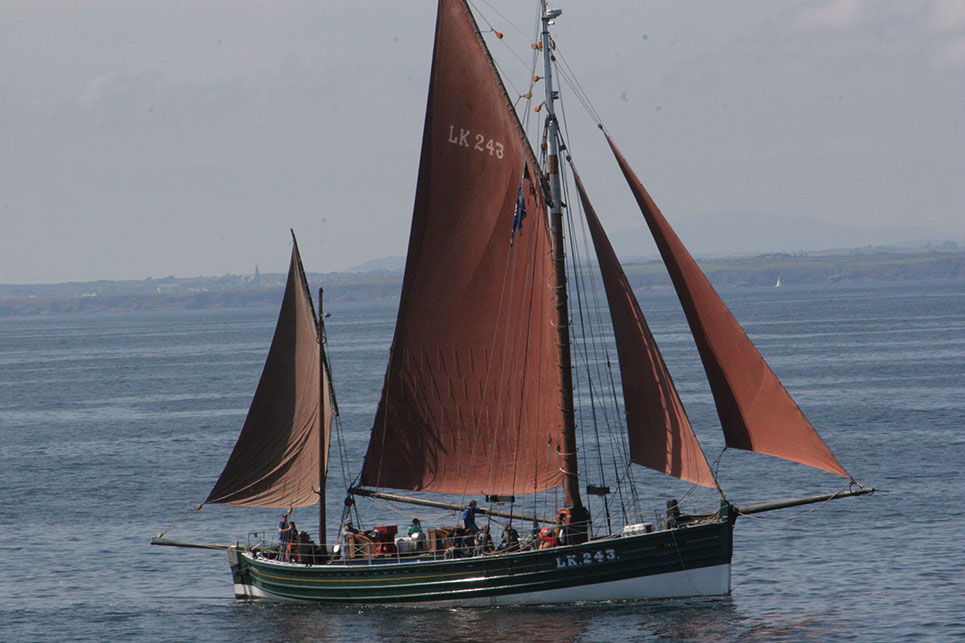
- Swan.
-
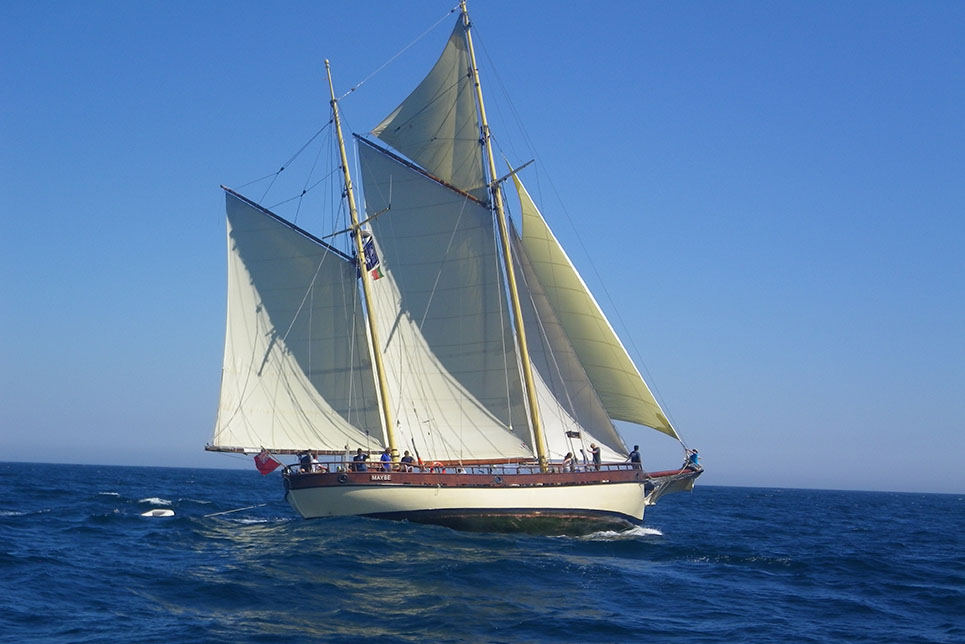
- Maybe.
-
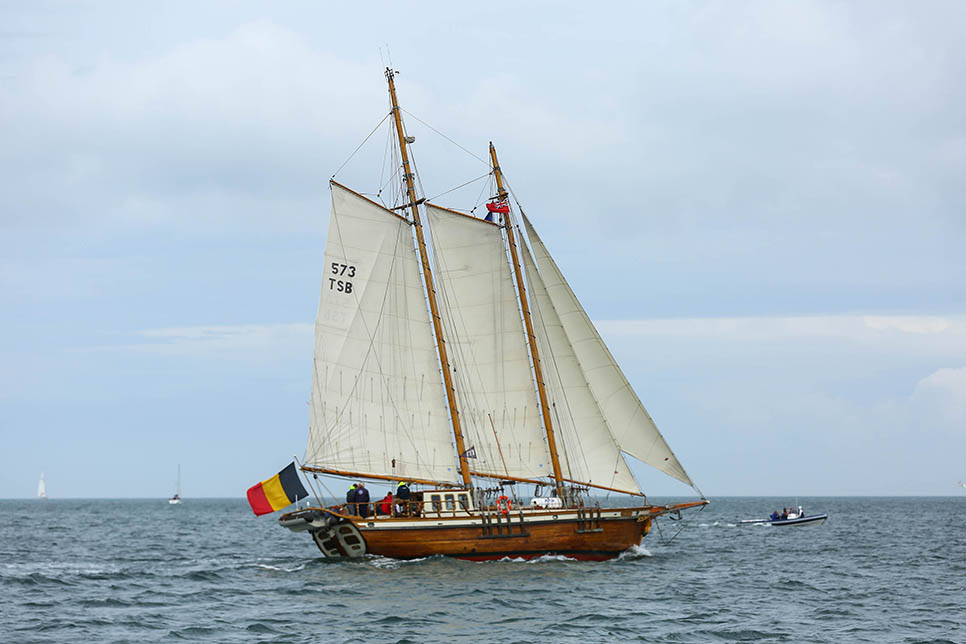
- Rupel.
- Check out the Class B fleet.
Are you looking to sail on a mammoth of the sea, where dreams of the golden age of sailing become a reality? Choosing an adventure on board a Class A or Class B is like travelling back to a time when sailing really meant being at one with the elements. The size of these vessels has to be experienced to be believed – a walk around some of the larger Class As can take up to 10 minutes. If you have a head for heights you will also have the opportunity to climb the mast to the crow’s nest and climb the rigging up to yards in order to reach the sails.
Types of accommodation vary depending on the vessel, but you can usually expect space to be minimal. You may find yourself on a mess deck full of hammocks, or in a single or mixed-sex cabin with a bunk to yourself. Wherever you sleep, you’ll definitely need to consider how much you pack.
Whether you’re looking to indulge your sociable side, or leave your comfort zone behind, an adventure on board a Class A or Class B vessel could definitely be for you. You’ll find excitement and challenge in equal measure as you, sail your passage, and you’ll have an experience that you’ll never forget.
CLASS C
Modern-rigged vessels with a length of less than 40 m and with a waterline length – the length of the point at which the vessel sits in the water – of at least 9.14 m, not carrying spinnaker-like sails.
- Check out the Class C fleet.
CLASS D
Modern-rigged vessels with a length of less than 40 m and with a waterline length – the length of the point at which the vessel sits in the water – of at least 9.14 m, carrying spinnaker like sails.
- Check out the Class D fleet.
Sailing on a Class C or D vessel, and even a smaller Class B, is a wholly different experience. There’s a more natural focus on your connection with the sea, which isn’t surprising considering how much closer you are to the waves.
Don’t expect large galleys or showers here. In fact, you’ll likely find yourself showering under a hose in the “heads.” But don’t let that put you off – this is a high adrenaline, once in a lifetime experience that many people can’t wait to repeat.
Speed and hands-on sailing is the name of the game on board these smaller vessels. You’ll have the opportunity to engage with every part of the sailing experience in more depth than you might do on a Tall Ship. And you’ll need to form close-knit relationships with your crewmates to master the skills required.
Through professional training and giving your all, you’ll forge new friendships and create memories that you’ll never forget.

